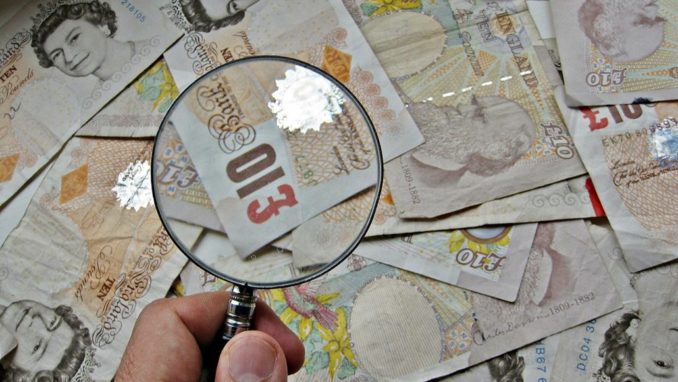
Any catalogue of economic legends would of course include the 2008 visit of Queen Elizabeth to the London School of Economics, when the country was experiencing an unprecedented housing market bubble based on the irrational belief that house prices would just keep on rising.
[Note for future reference: when enough people believe something, no matter how palpably daft, others will follow, thinking “I’m obviously missing something – I don’t want to be left out!” Contemporary examples abound.]
As ever, reality struck. The housing market collapsed under the weight of defaulting mortgages originally secured on “liar-loans”. This led in turn to a liquidity crisis and a fall in bank lending. Numerous bankruptcies followed with Lehman Brothers and Bear Stearns leading the way, while a mountain of uncollateralised international debt created the perfect storm – indeed, we were confronting the near-collapse of the world’s entire financial system.
It was in this context that the Queen enquired “If this thing is so big, why did no-one see it coming?” Skip 13 years and read the headline in last Tuesday’s Business News: “BoE under fire: why did it fail to anticipate inflation?”, and the sub-heading “How central bankers were caught off-guard by rapidly rising prices”.
Although posed 13 years apart, the answer in both cases is the same: they didn’t see it coming because they caused it! “Caught off-guard” indeed – ten years of printing money like there is no tomorrow, and they didn’t anticipate inflation?
In 2008 a group of eminent economists attempted to salvage something useful from the wreckage by explaining, in a letter to The Times, what went wrong. They wrote: “The causes of the credit crunch were extremely complex”, and represented “a failure of collective imagination” and other platitudes – but the nearest they got to what really went wrong was to blame the “psychology of denial” by which they had been “collectively afflicted”; and to which they could offer no cure. Proof of which is the re-enactment of the same psychological malaise we are witnessing at this very moment!
It was self-inflicted
Last time round, banks overextended their already bloated loan portfolios, and had to rely on compromised rating-agencies, auditors and purblind regulators to legitimise their feverish game of passing on their parcels of uncollateralised IOUs, sliced-and-diced to meet fake criteria.
Their collective madness destroyed every shred of entitlement to be returned to the ranks of licensed players: they did this to themselves – unaided and uncoerced. There should have been no taxpayer-funded rescue. Yes, there would have been wailing and-gnashing-of-teeth aplenty – but would we not, now, be in better shape if, as happened with Lehman, all that financially and morally toxic dross had been cleared out?
But rather than letting them burn in the furnace of their own afflictions, the government decided to bail them out with newly created debt. This was the devil’s pact between the US Fed and the Treasury – and thus was “quantitative easing” (QE) launched.
There is no “temporary”
QE was heralded as a “temporary” device to be deployed only as long as the emergency lasted. Yet here we are, a dozen years later, and the Fed is only now beginning to taper its bond-buying from a high of $120 billion per month. Such is the appeal of QE to governments living on the never-never that every central bank in the world has embraced it as a free-for-all ride.
But a debt-fuelled economy can function only so long as interest rates are suppressed. The central banks of Sweden, Denmark, Japan and the ECB have been well-entrenched in negative interest territory, and others will follow. But, to reverse a well-worn adage: what comes down must go up. There is a limit to how long savers can be robbed with impunity, or for how long industrial budgets can credibly use zero for pricing the cost of working capital. At the sovereign level the annual cost to the UK exchequer would now approximate £22 billion for every 1 per cent rise in the interest rate.
A clear principle emerges: in economics, as in life, applying a false remedy will assuredly beget the next crisis.
In part 2 – Public and private sectors: understanding the difference.
© Emile Woolf February 2022 (website)



